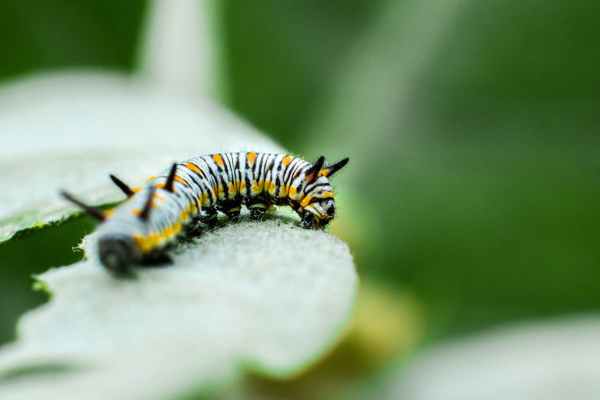There are many websites and platforms that ask us for sensitive data, and it is vitally important to take measures to help us protect it. Today we show you some of the best practices that will help you protect your digital identity from attacks.
Create strong passwords
While it may seem like a no-brainer, most unauthorised access to our information is done through the use of simple passwords. Attacks on companies are constant, freeing our passwords for hackers to use. Here are some tips:
- Passwords with special characters: Combine uppercase, lowercase, numbers and symbols.
- Long passwords: The longer the password, the harder it is to crack.
- Sensitive information: Do not use personal information, such as your name or date of birth.
- One password for each site: Each login should have a different password, to avoid compromising other accounts if one is hacked.
Use a password manager
Managing so many different passwords can be complicated, and you may be tempted to use the same one for several sites. Password managers are excellent tools that make it easier to protect yourself:
- Generate strong passwords: They usually automatically generate strong, complex passwords for us.
- They store our passwords: They encrypt our passwords and store them so that only we can access them.
- Make logging in easier: Password managers can be integrated into our phones and computers, making logging in quicker and easier.
Set up second factor authentication (2FA)
A second factor authentication on your accounts adds an extra layer of security. Thanks to it, even if they get your passwords, they will not be able to access your accounts without the generated code. There are several ways to receive the codes:
- SMS: We will receive a text message with the access code to our accounts.
- Authentication applications: In these applications, temporary codes are generated to access our accounts. Not all platforms support this, but it is one of the most secure methods.
- Biometrics: Many mobile applications, including access to our devices (mobile and PC), allow the configuration of a second factor with biometrics. The best known are Face ID and fingerprint.
It is very important that we never give these codes to anyone. When offering support, companies do not ask for this type of data. If we give it out, we will be giving full access to our information.
Delete access to websites and applications you don’t use.
Over time, we can give out permissions and access codes.









